Selecting a Neutral Wall Colour
Selecting a wall colour is a process that most find frustrating, confusing or simply overwhelming! It is no wonder – how do you make a decision that will your most pronounced colour throughout your house from a small colour swatch that you view in-store?
It is easy to pick a sample, cross your fingers and hope you get it right – but that strategy can often result in putting on your first coat on your walls and it looking completely different from the sample selected in-store. Throughout our regular renovations I have spent some serious time with colour samples and have found a process for deciding on a neutral wall colour that suits both the house I am creating a colour scheme for, as well as my style.
The first element of selecting a wall colour is understanding that creating a colour scheme isn’t just about your wall colour; your scheme includes trims and doors, cabinetry, flooring, curtains or blinds and furniture. Don’t decide on a wall colour in isolation from every other hue in your house.
Dulux Colours of New Zealand Tip: If you are considering bringing certain strong colours into your house, select that colour from the Dulux Chart and flip the card over - there you will see their recommended colour scheme. Often this is how I select a neutral wall colour - considering the accent colours I want to bring in through wallpaper features or decor cushions and then finding neutral colours that work with my overall colour scheme. My favourite go to white was discovered when I wanted to bring orange curtains into my colour scheme!
The first decision in selecting a wall colour is what neutral colour to use: white, beige undertones or grey undertones. To help you with the decision – here are my favourite neutral wall colours from the Guthrie Bowron paint range.
White:
There is nothing like a strong white wall that becomes a backdrop for your interior design. White is for renovators who want a safe, simply colour scheme and white is also for those renovators who love being bold and brave. White can contrast or compliment depending on the other colours and textures you bring into your design.
My top whites from Guthrie Bowron:
- Okarito from the Dulux Colours of New Zealand range
- St Clair from the Dulux Colours of New Zealand range
- Ice Fountain from the Berger colour range
- Te Apiti from the Dulux Colours of New Zealand
- White Dawn from the Berger colour range
Beige:
Beige has been a go to for traditional interior styles for a very long time - it’s warm and complements other colours and textures. I have found that beige is a very complementary colour, and the tones within beige are straightforward to match. When I am creating a colour scheme with limited time, I lean towards beige because it is a colour that suits most spaces. If you are conservative when it comes to colour, my advice would be – go for beige.
My top beige’s from Guthrie Bowron:
- Sandrock Bluff Quarter from the Dulux Colours of New Zealand range
- Mason Bay Quarter from the Dulux Colours of New Zealand range
- Raw Diamond from the Berger colour range
- Cardrona Double from the Dulux Colours of New Zealand
Grey:
Grey has become a really popular choice for wall colour. It creates an instant modern look within a home as it’s sharp and strong. Using grey well on your walls is all about how you work with the colour to draw out its warmth, without the warmth, grey can make a room feel smaller, dark and too moody. Rooms with plenty of light look stunning with grey walls. Spaces with a view I would recommend grey, as it won’t compete with the attention you want to draw outside.
My top grey’s from Guthrie Bowron:
- Lyttelton Quarter from the Dulux Colours of New Zealand range
- Narrow Neck Quarter from the Dulux Colours of New Zealand range
- Silver Slipper from the Berger colour range
- Manorburn Half from the Dulux Colours of New Zealand
- White Spirit from the Berger colour range
Testing your selections at home:
Once you have selected your colour, then choose around 3-5 test pots of different hues you like. I would recommend doing a paint sample of a large piece of jib at least A2 in size.
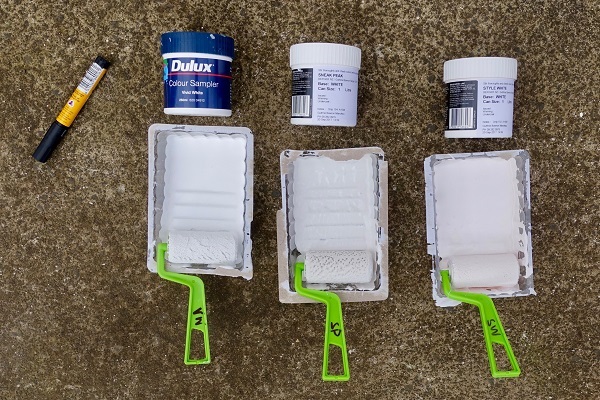
Paint an undercoat of primer, then tape around the edges so there is a white border of undercoat – this stops the sample colour from being affected by the existing colour on your wall. Then paint two coats of the sample paint, making sure it is labelled with the paint brand and name of colour.
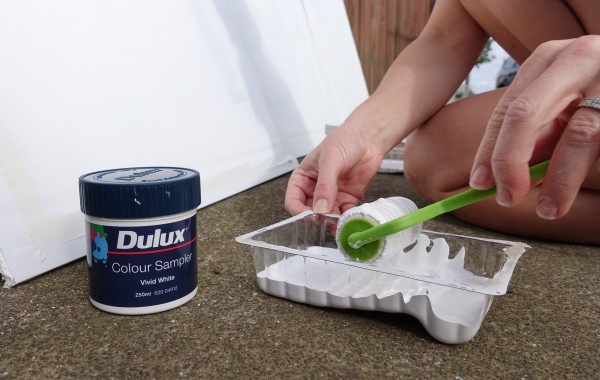
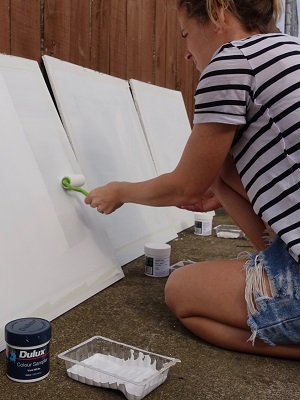
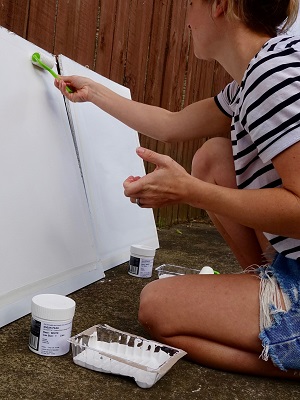
Use that large paint swatch to test the colour in every room in your house, considering how it looks in both the sunlight and shade, with artificial light compared to natural light – all of these lighting elements can significantly change your colour. Within this process you will see how a paint sample looks in-store is completely different once you create a large paint swatch yourself and take it round your home.
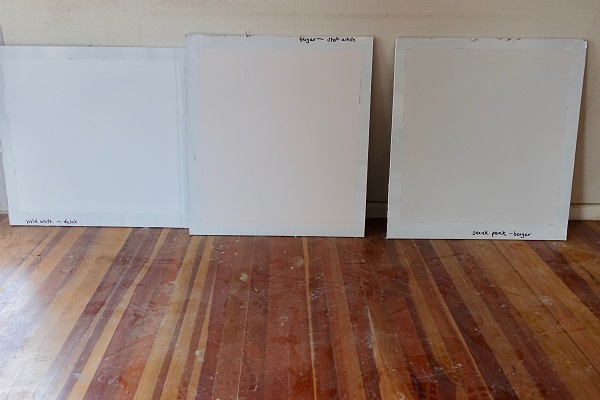
Don’t rush this process – and invite over friends (with good taste) to get a second opinion.
After all of this, if you still can’t make a decision, it’s best to go back to Guthrie Bowron and get further expert advice from their team. They will ensure you find a neutral wall colour that is perfect for your house and your personal style.
Happy wall colour decision making!
Alice – from the renovation blog; Pearson and Projects, one part of the winning duo of The Block NZ Season Two and proud brand ambassador for Guthrie Bowron.